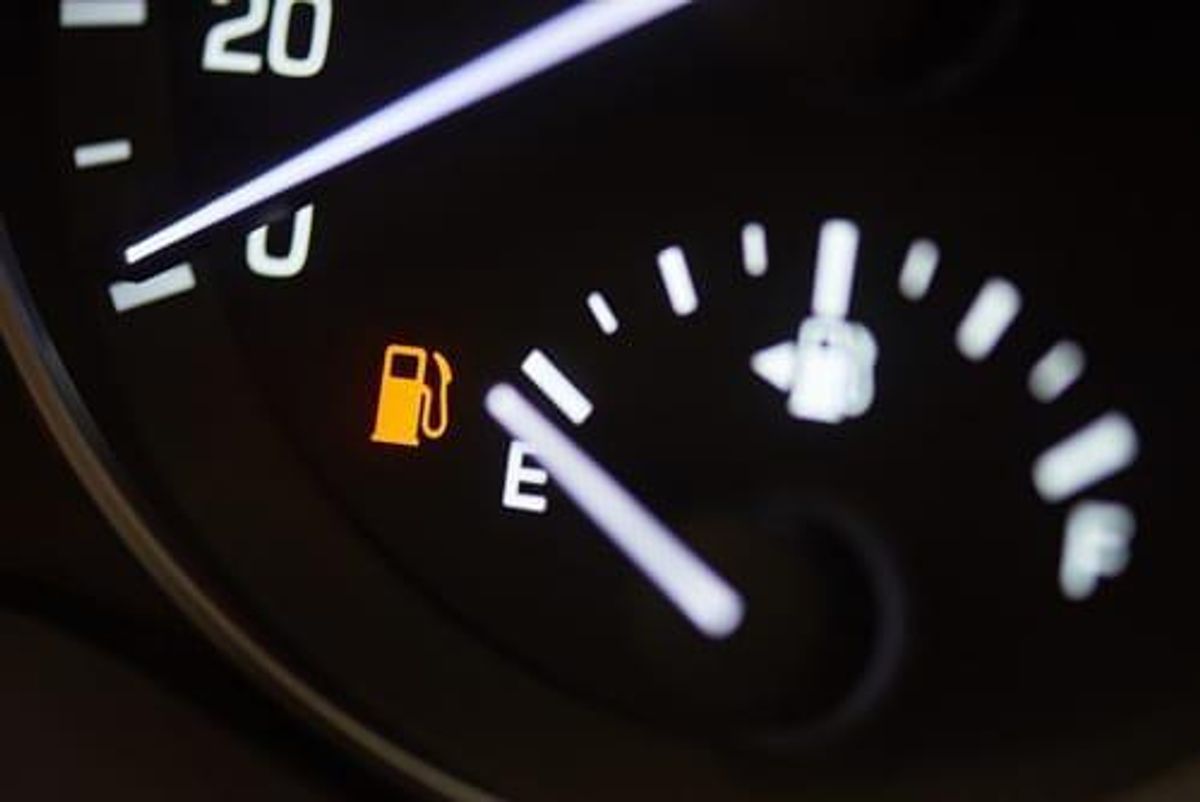Australian LNG Supply to Run Low by 2028, Says Wood Mackenzie
Consultancy firm Wood Mackenzie forecasts that Australia will struggle to meet both domestic and export demand for liquefied natural gas in the coming years.

Australia is in need of new liquefied natural gas (LNG) projects and resources by 2028 to dodge a domestic shortage, according to a new report from consultancy firm Wood Mackenzie.
Released on Tuesday (September 11), Wood Mackenzie’s report, titled Australia East Coast Gas Market Outlook 2018-2032, breaks down the dynamics affecting the gas market, such as supply, demand and the factors behind pricing fluctuations.
“The Queensland LNG export projects have shattered the east coast’s ‘cheap gas forever’ mentality,” Nicholas Browne, Wood Mackenzie’s director, gas and LNG research, said in a press release. “We believe Australia’s domestic gas price is now inextricably linked to the global LNG price.”
In July 2017, the Australian Domestic Gas Security Mechanism (ADGSM) was introduced, allowing the federal government to restrict gas exports for the sake of meeting domestic supply needs. While the ADGSM will end on January 1, 2023, Browne explained that similar policies may later come into effect.
“The Australian government has already indicated its unease with gas being purchased for export in competition with domestic market buyers. However, this competition between domestic buyers and the Asian markets for available gas is likely to continue,” he said.
“The mature, conventional fields in Victoria, New South Wales and South Australia are declining. Given this, we believe extra gas will need to be diverted from LNG into the southern domestic markets from as early as 2025. Diversions could even be earlier than this to meet winter demand,” Browne continued.
He added, “[t]he third-party gas purchased by Queensland’s LNG projects looks to be the most at risk of diversion, and, as such, the LNG projects are likely to come under pressure to reduce these purchases.”
He went on to say that both domestic and export demand for Queensland gas will make the supply and demand balance “precariously tight”, but doable until 2028. Following that, Browne said, there will not be enough gas to meet domestic market needs as well as LNG contracts.
Browne then acknowledged the lack of economical sources available to the market, and touched on the potential need for future LNG imports.
“On top of this, pipeline bottlenecks during winter will start to constrain the physical delivery of Queensland gas into the southern states from 2026. Unless additional pipeline capacity becomes available, LNG imports will be the only physical and commercial alternative to ensure security of supply, at least in winter,” he said.
However, as supply wanes, pricing is expected to shift accordingly as Asian LNG netback pricing will create a basis for East Australian domestic gas prices. Asia’s LNG market is expected to tighten following 2021, which could in turn push domestic contract prices up.
“While LNG spot prices may soften over the next three years, US$70-80 oil prices would keep LNG netbacks high and sustain contract prices at between A$8.50 and A$11.50/GJ,” Browne said.
From 2026, with more expensive gas from Queensland setting the marginal price and limited pipeline capacity to enable flows south, prices should rise further and LNG imports will become economic, effectively set a ceiling for gas prices in the winter.
Don’t forget to follow us @INN_Resource for real-time updates!
Securities Disclosure: I, Olivia Da Silva, hold no direct investment interest in any company mentioned in this article.